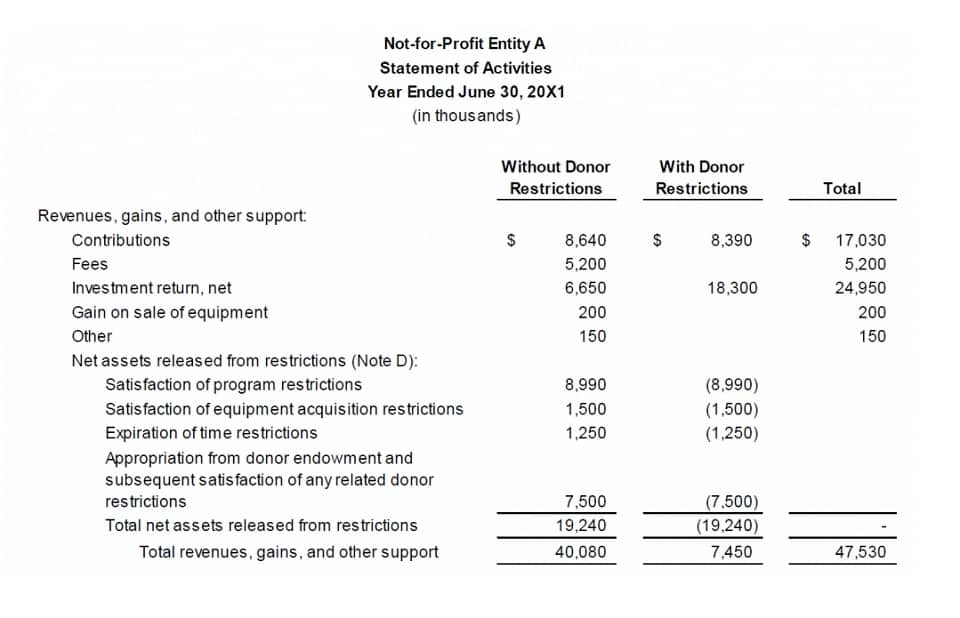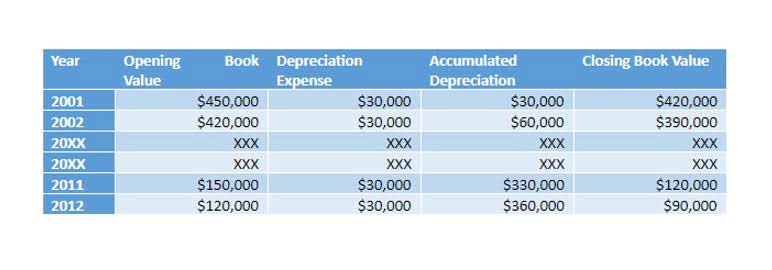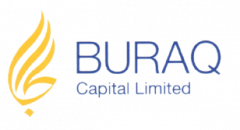
Our work includes credit risk strategy and regulations, risk governance and policies, credit risk models and processes, and data and IT systems. Credit risk arises from the potential that a borrower or counterparty will fail to perform on an obligation. Off-balance sheet items include letters of credit unfunded loan commitments, and lines of credit. Other products, activities, and services that expose a bank to credit risk are credit derivatives, foreign exchange, and cash management services.
Operational Risk Management (ORM) in Financial Services
These systems reduce infrastructure costs while providing faster transaction https://www.bookstime.com/ processing for credit assessments. The 40% visibility increase comes from having current data instead of outdated reports. Real-time AI systems analyze data continuously rather than quarterly or monthly updates.

Within Health Care Industry

Empowering banks with multi-sourced data—financials, performance, news, and regulatory insight—so teams credit risk definition can move from dashboards to decisions. HighRadius stands out as an IDC MarketScape Leader for AR Automation Software, serving both large and midsized businesses. The IDC report highlights HighRadius’ integration of machine learning across its AR products, enhancing payment matching, credit management, and cash forecasting capabilities. Credit analysis software enhances accuracy by automating financial data collection, standardizing ratio analysis, and using AI models to detect patterns in customer behavior. ID Watchdog is an Equifax-backed credit monitoring service that lets consumers choose from two plans—Select and Premium.
Treasury Management Solutions
Consumers who want triple-bureau monitoring can pay for Credit Sesame’s Premium plan for $15.95 per month after a seven-day free trial. Capture complete and accurate credit data with a customizable online credit application. Leverage pre-filled applications from sales or auto-extracted customer data from CRM tools and get real-time alerts whenever your customer applies to begin the credit evaluation.
- Not only does this accelerate the screening process but it also maintains borrower credibility.
- To assess a borrower’s credit risk, banks typically evaluate various factors that can impact the borrower’s ability to repay a loan.
- Automated decision-making handles 70% of routine applications without human intervention.
- Automated credit threat monitoring is a system that automatically tracks customer credit activity.
- This can help detect any unusual financial activity, last-minute payment patterns, etc.
- The technology transforms how banks assess risk by providing continuous data streams that enable proactive portfolio management.
- This will help them cover up any potential loan defaults that may happen in the future.
- A strong credit risk management process can help banks to reduce the risk of loan losses, improve the accuracy of lending decisions, and ensure that lending practices are aligned with the bank’s strategic objectives.
- Many companies already using an ERP (enterprise resource planning) system find it optimal to keep their Portfolio Management processes embedded in their current system.
- Model validation periodically, independent review of credit, and transparent escalation mechanisms are essential in ensuring risk discipline.
- To make your search easier, we’ve put together a list of top 5 credit risk management tools for you to choose from!
For example, if a client suddenly requests an increase in their QuickBooks Accountant credit limit while showing signs of financial distress, this could be a signal that they intend to exploit the credit extension to their advantage. By actively monitoring credit reports and changes in client behavior, you can detect the warning signs of potential fraud and reduce your risk. A study by the Association of Certified Fraud Examiners (ACFE) shows that using data analytics reduces the impact of commercial fraud by up to 47%. While portfolio scoring and analysis offer a valuable snapshot of your overall credit risk, it is ongoing account monitoring that enables you to stay ahead of potential issues. You can also use portfolio scoring to set a baseline for your risk tolerance, giving you a way to evaluate new clients against your existing portfolio and analyze the impact.

